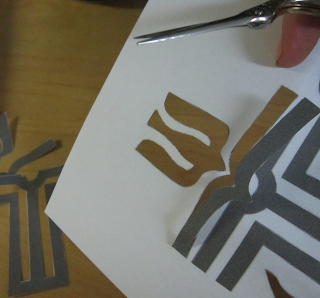Prior to our
trip to Haiti it was suggested to our team to prepare by reading the book of 1
John. John presents God as light, as love and as life. Pastor
Pierre the leader of the New Testament Mission in LaCroix, Haiti also studied it in preparation of our arrival. Additionally on Sunday
morning in the community of worship we were inspired by a sermon given by
Pastor Wisner based upon the instructions in 1 John. As the week unfolded
and we spent time in morning and evening devotion and prayer we focused on
passages from this book. It seemed powerful to all be focused on the same words and I’d like to share a few of the ways I believe the
message of 1 John was lived out last week while we were in Haiti.
 |
| morning devotions on the rooftop |
John
wrote this book to encourage the Church to grow. In the first chapter he
focuses on light representing what is good. When you go to Haiti you observe
crowded living conditions, immense amounts of trash, and housing that looks
like it could topple over with just the right gust of wind. But what you really
“see” is the light of Christ shining through the people. They are hospitable,
friendly, welcoming and full of smiles and laughter. Over and over our Haitian brothers and sisters greeted us with “we
have been praying for YOU.” We were humbled time and time again. Through this we experienced "the Church."
Painting scarves together and making new friends
(Jenny and Regina-who both have the gift of teaching)
Lastly,
chapter 5 focuses on “God as life.” Jesus never promised obeying him would be
easy. But the hard work and self-disciple of serving Christ is not a burden to
those who love him. Our week was full of hard and challenging tasks. For
example, who really desires to do things like carry 100 buckets of sand and
water up two flights of stairs in the heat of the day? Not a complaint was uttered during these times of "hard" work. The team was devoted to the tasks we were handed each day as God continued to reveal what we were to accomplish. Our load was literally heavy at many times but we trusted the importance of the tasks and received strength through Christ to help us bear it.
 |
| Our "men" tried to be as strong as the women of Haiti who transport water and food on their head. |
The team is grateful for the support of prayer, monetary donations, and donations of
supplies from the congregation of Westminster Presbyterian Church, our family
and our friends. Personally I feel very blessed for clients that allow me to occasionally step out of the studio to work in Haiti. Your patience with shipping is greatly appreciated.



























+of+jenny+and+kelly+2007.jpg)












